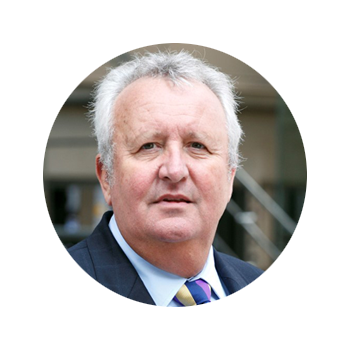But talking about their qualifications and expertise, as well as real life experience will help put a client’s mind at ease.
Furthermore, calling out the fact they are young can actually be spun as a positive.
Different life experiences and diversity of thought have long been proven to be beneficial and help to prevent group think and highlight any blind spots that an older adviser may otherwise miss.
Building a framework
The use of frameworks that help keep clients on track, as well as checklists that keep advisers on track, also work well.
While reliability is often earnt over a long period, the simple act of having a framework to follow means the client can mentally tick off these points as completed and shows explicitly your transparency and willingness to deliver against stated topics.
Use of an agenda can feel too rigid and driven solely by the adviser. Subtly reframing the agenda to a framework gives a balance between flexibility and structure.
Furthermore, clients will only really want own branded content once they have engaged and met with you.
Having relevant third party branded guides relevant to the client’s interest (for example, from the FCA, or Which?) also helps accelerate credibility before the meeting.
One proven method that works every time is sending articles or guides and saying, ‘I saw this and thought of you’.
It is a simple and quick email to send prior to a meeting that builds so much confidence between the two parties and can be repeated regularly with every client.
Once you do meet with the client for the first time, the first five minutes can be vital for building trust.
Speak first about the client’s experience with financial advice – this allows advisers to establish how they work with their client, while also finding out a little about the competition and how the client judges the adviser and their firm.
After this you can begin to ask about a client’s expectations and what has made them speak to an adviser now.
Begin questions with ‘what’, rather than ‘why'.
It might sound trivial but it is the most effective way to get to the emotions behind their decisions and what is driving a client to seek advice now than at any other time, rather than feeling like they have to justify it.
Counsellors avoid asking ‘why’ questions with their clients for this reason, and there are a number of other similarities between the two roles.






